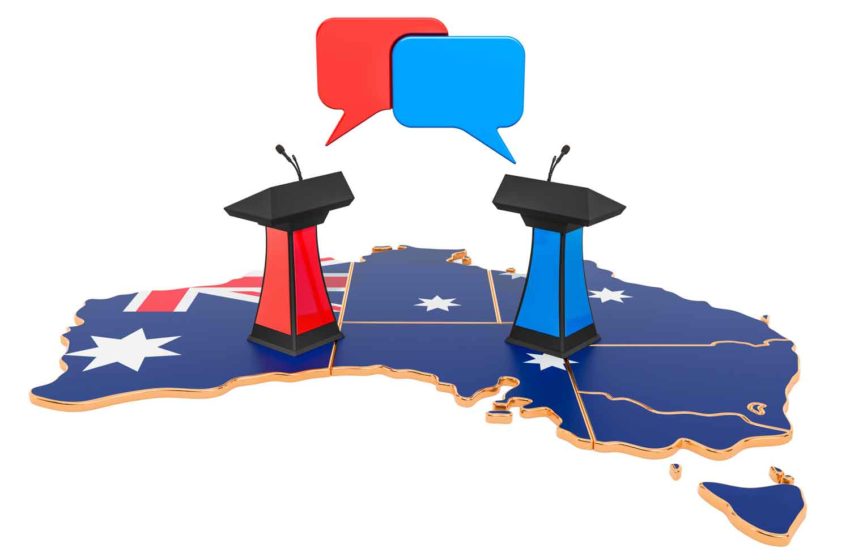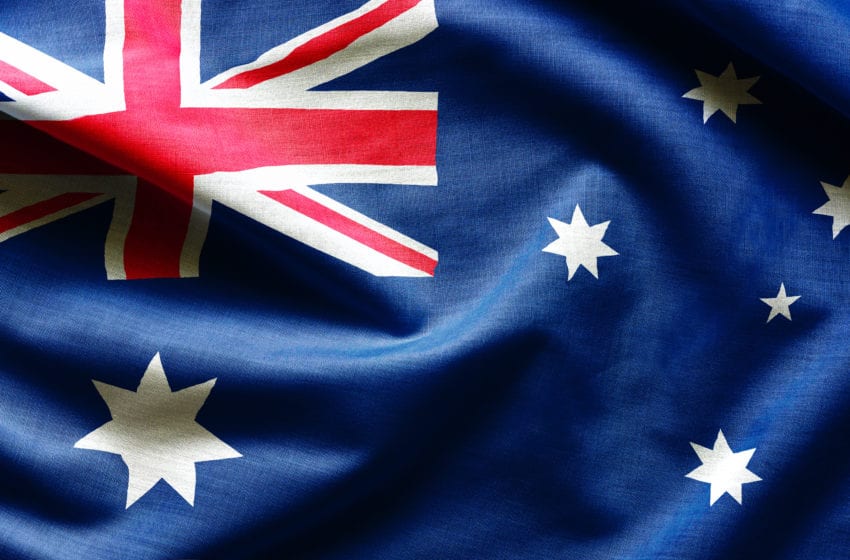 The return of sCOPe, a global livestream featuring leading tobacco harm reduction (THR) advocates, this year will broadcast again on both World Vape Day and World No Tobacco Day.
The return of sCOPe, a global livestream featuring leading tobacco harm reduction (THR) advocates, this year will broadcast again on both World Vape Day and World No Tobacco Day.
During the event, European, African, Indian, North and South American, and Asia-Pacific THR consumer organizations will discuss advocacy and issues in their countries and take questions from viewers.
The two-day sCOPe22 livestream will broadcast for World Vape Day 2022 on May 30 and broadcast for World No Tobacco Day 2022 on May 31. It will run for eight hours each day from 07:00 CDT/13:00 BST.
“This sCOPe livestream is so important. Too many smokers continue to die from the narrow-mindedness of an anti-vape agenda that has been funded by the likes of American billionaires,” says Nancy Loucas of the Coalition of Asia Pacific Tobacco Harm Reduction Advocates (CAPHRA).
“The global evidence is overwhelmingly in favor of vaping, yet hundreds of millions of smokers are blocked from accessing harm reduced alternatives. People’s health and human rights are denied in favor of greed and ego. sCOPe 2022 will discuss where the money is coming from and expose the motivation,” says Loucas.
The organizations set to feature include European Tobacco Harm Reduction Advocates, the Campaign for Safer Alternatives in Africa, Vaping Saved My Life South Africa, the Association of Vapers India, and the CAPHRA.
The Americas are represented by Latin American-based ARDT Iberoamerica, Rights for Vapers Canada, the Tobacco Harm Reduction Association of Canada, and United States-based Consumer Advocates for Smoke-Free Alternatives Association.
Last year, sCOPe livestreamed around the clock from Nov. 8 to Nov. 12 during COP9—the Ninth Conference of the Parties to the World Health Organization Framework Convention on Tobacco Control. The unprecedented broadcast gave a global voice to leading consumer advocates who were shut out of COP9.




















